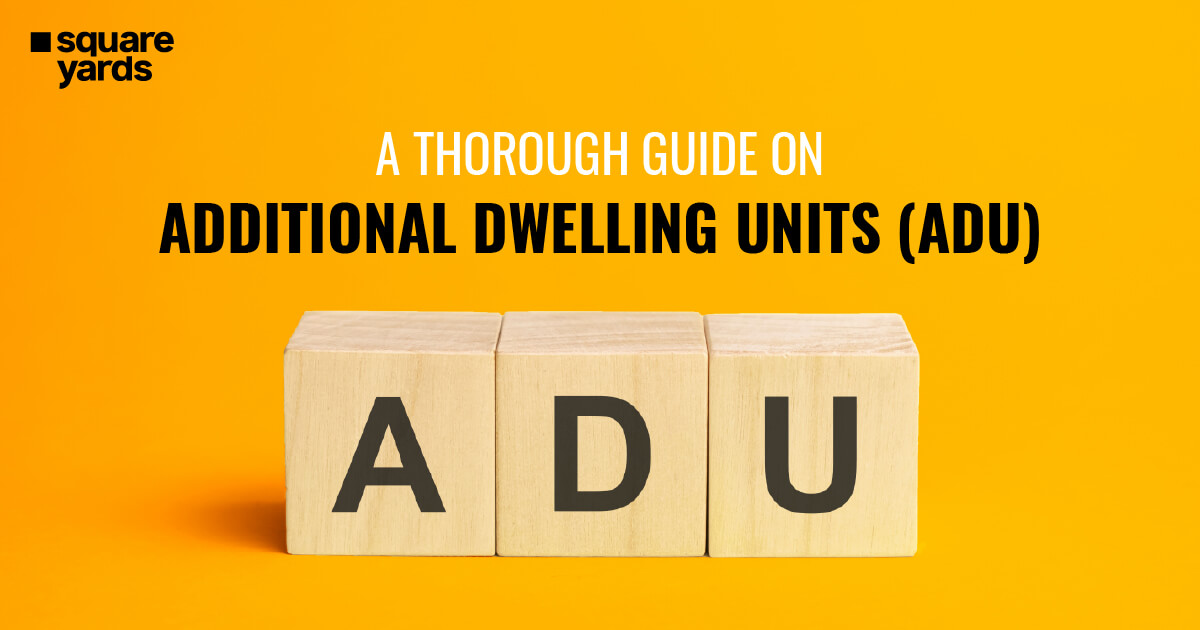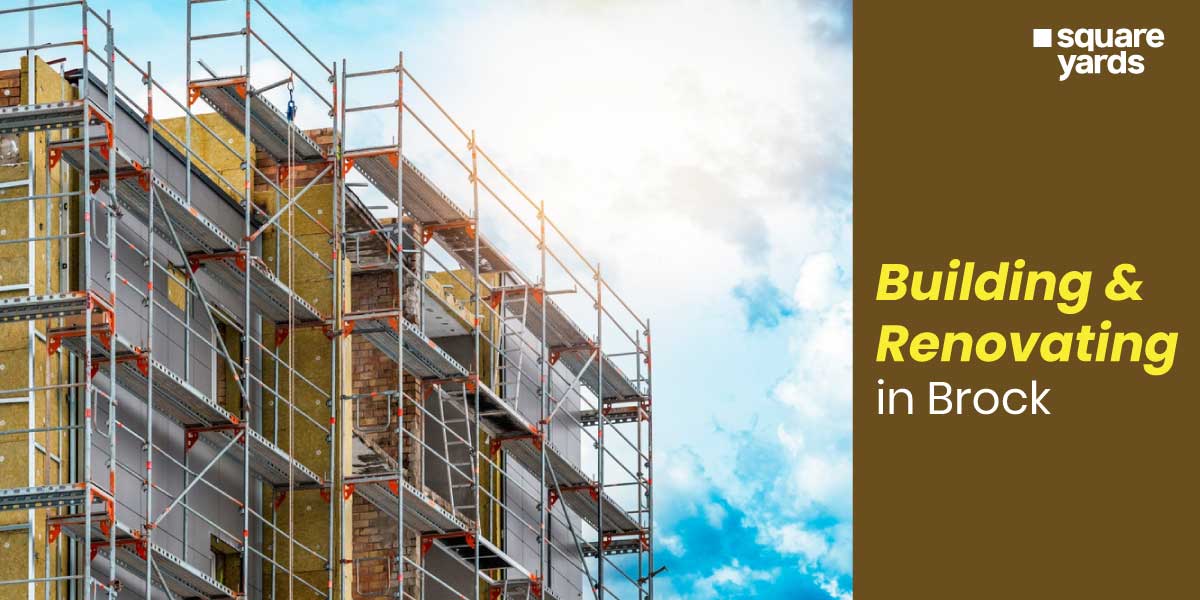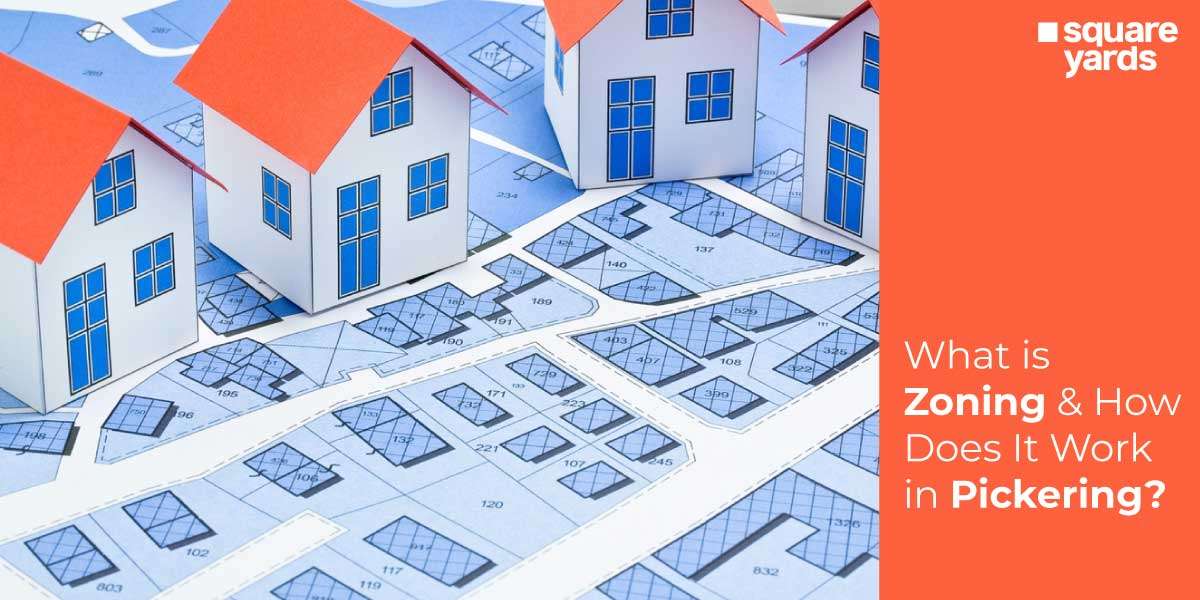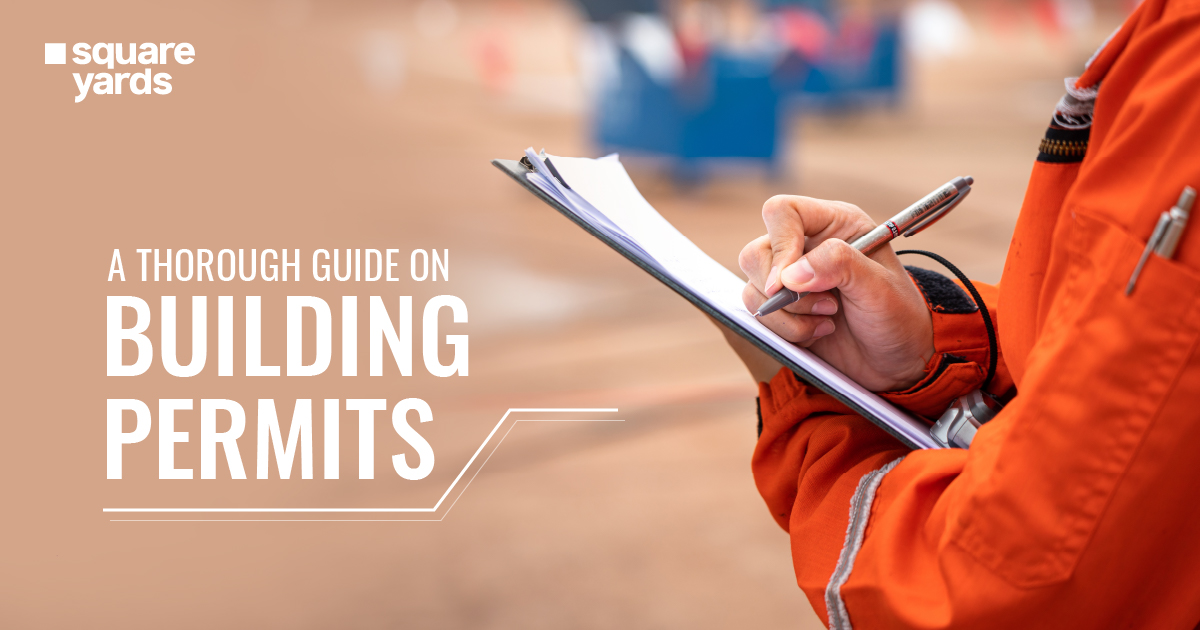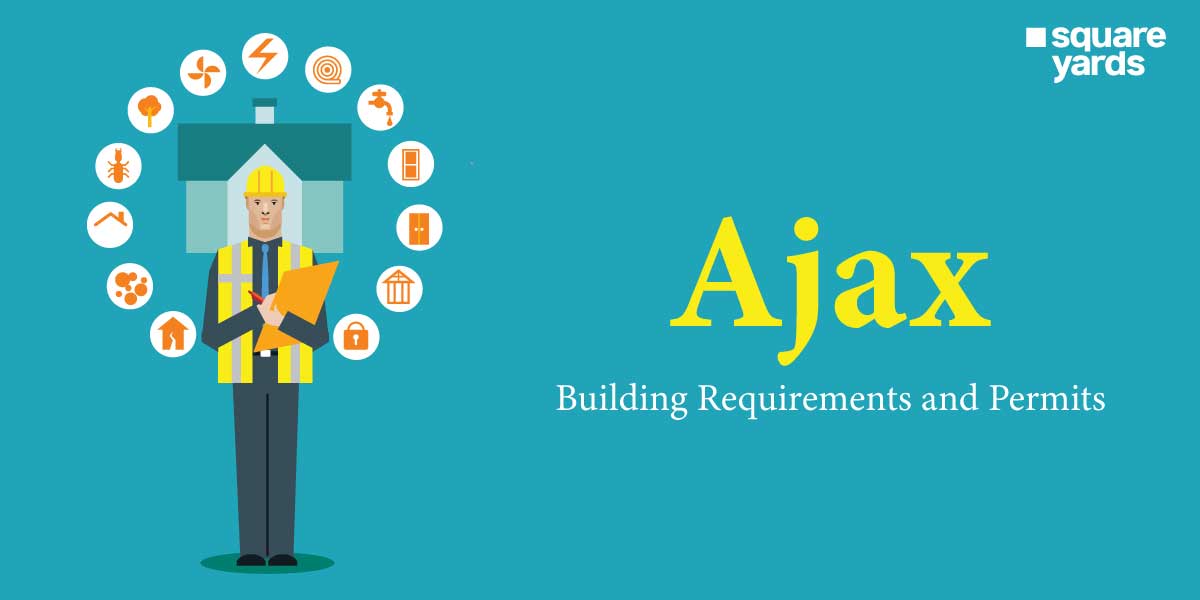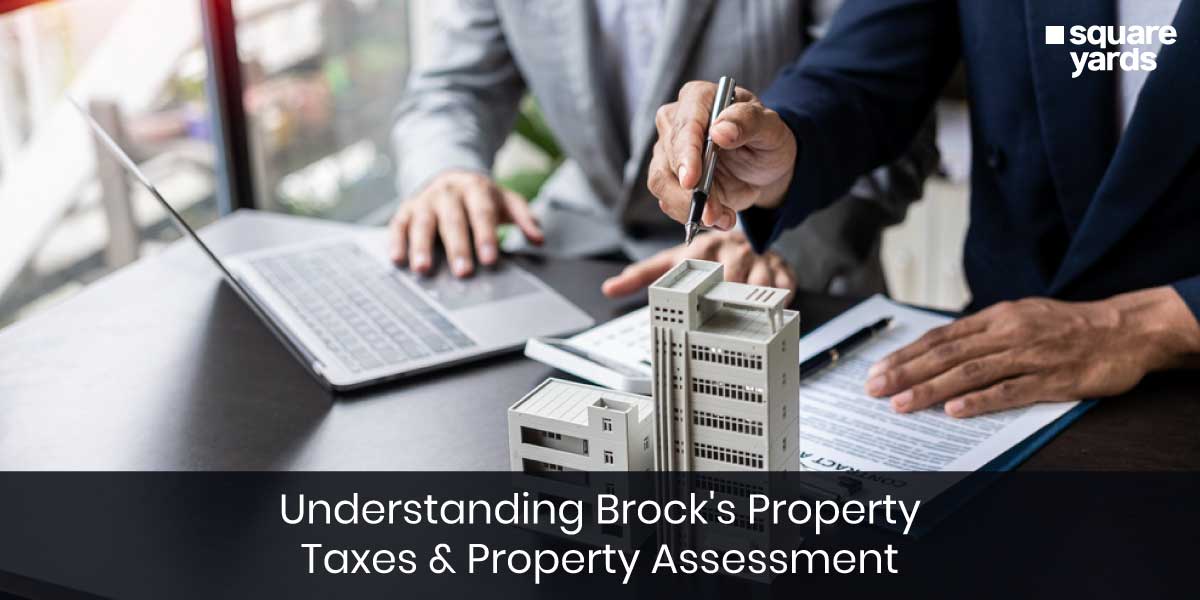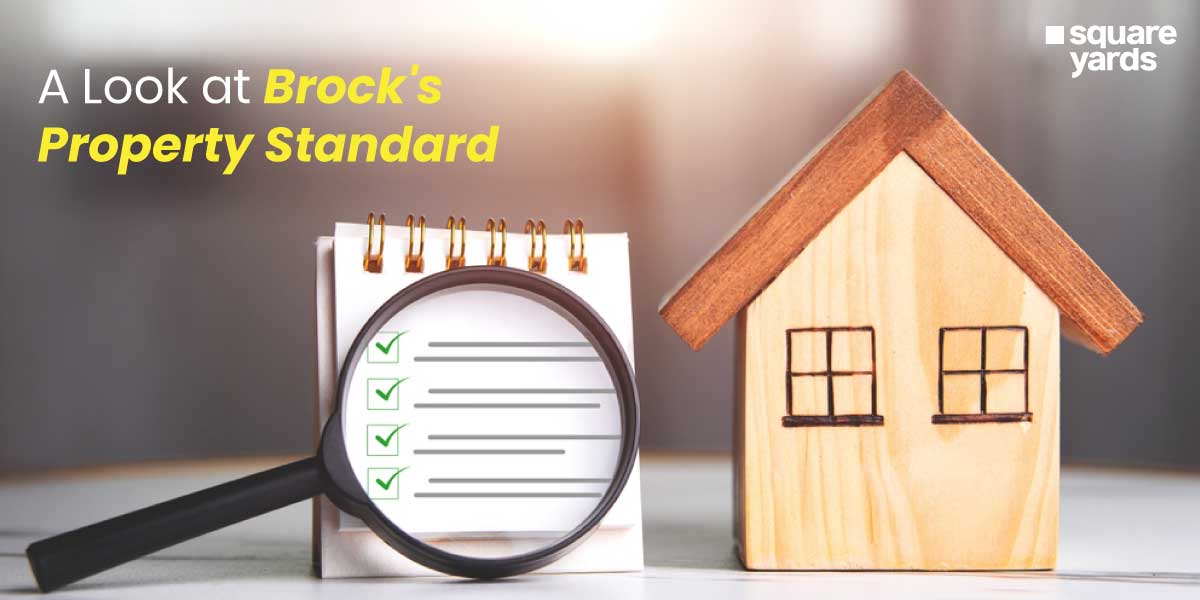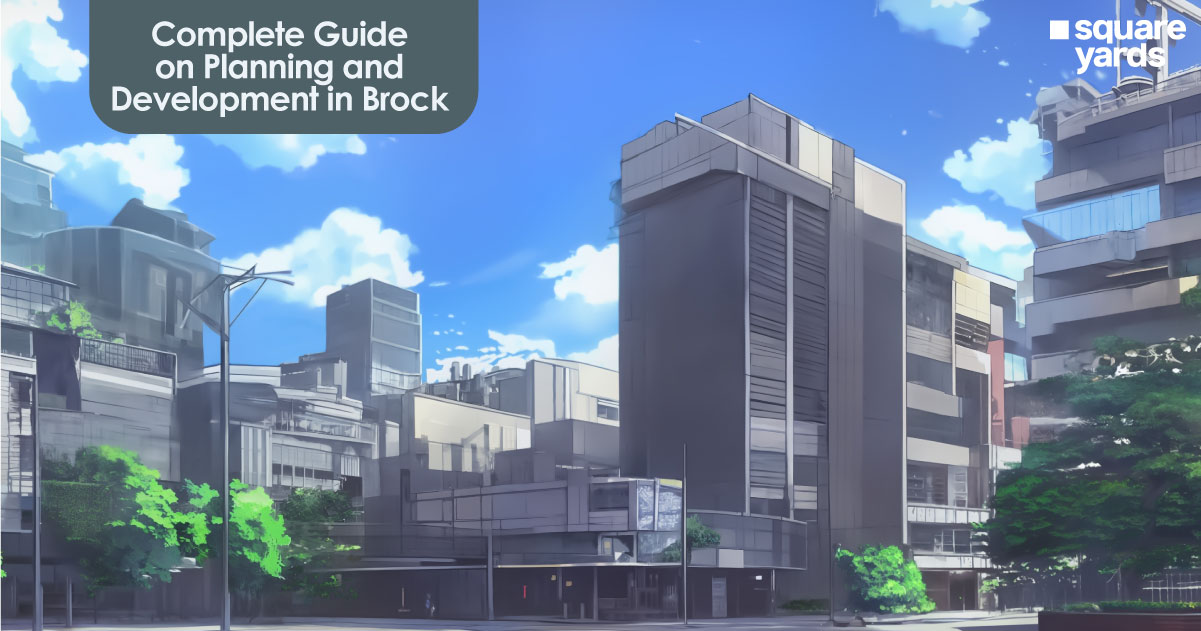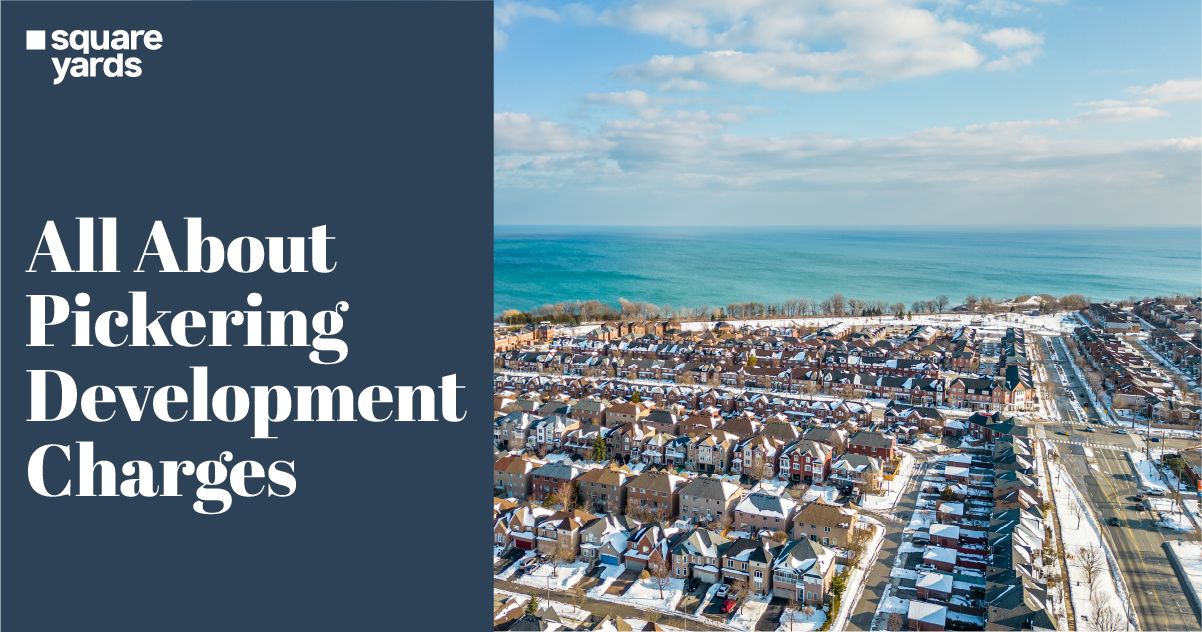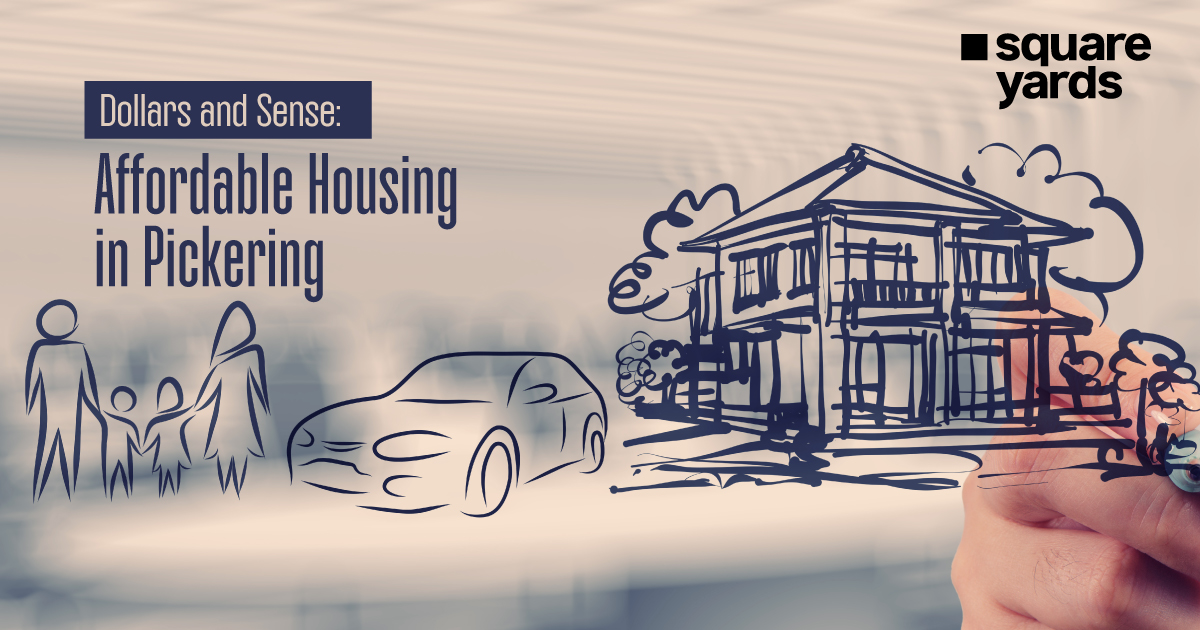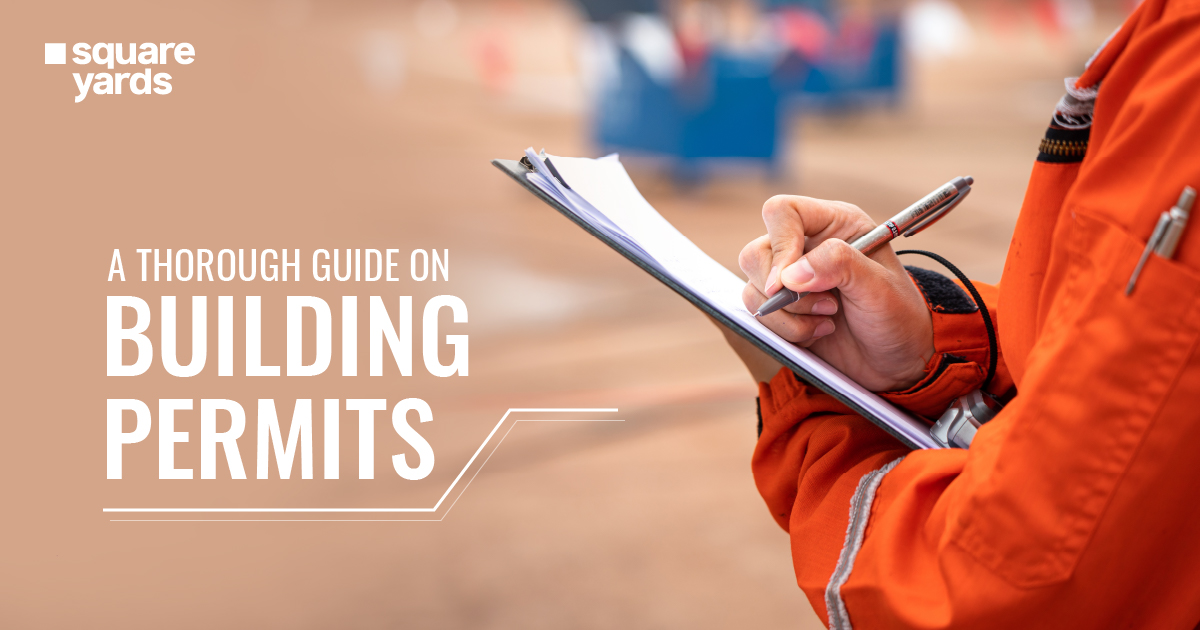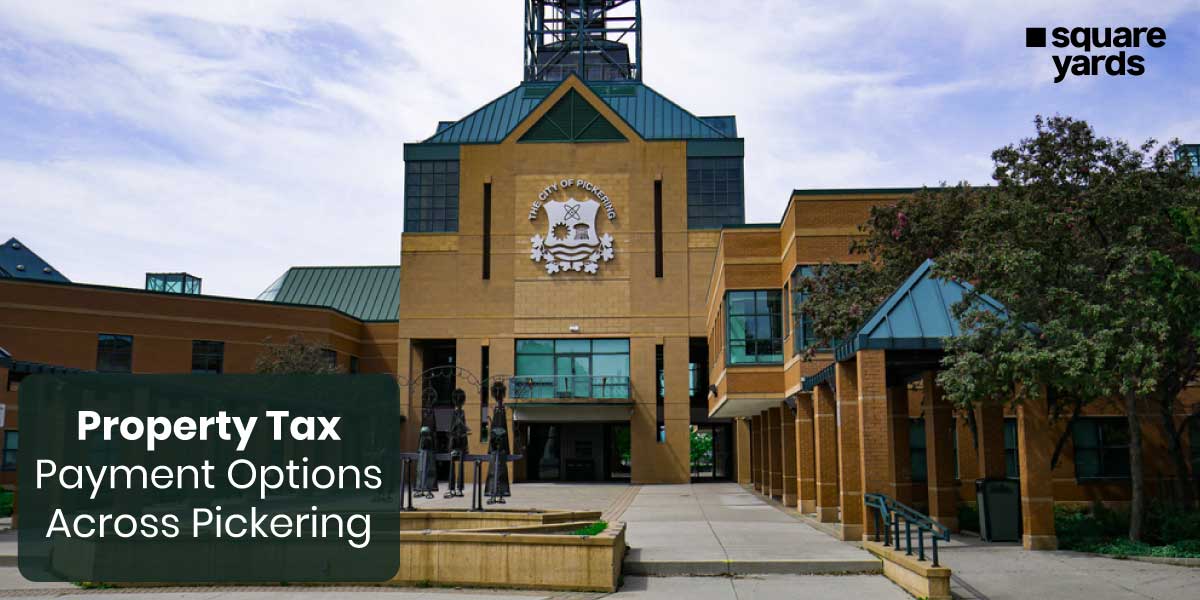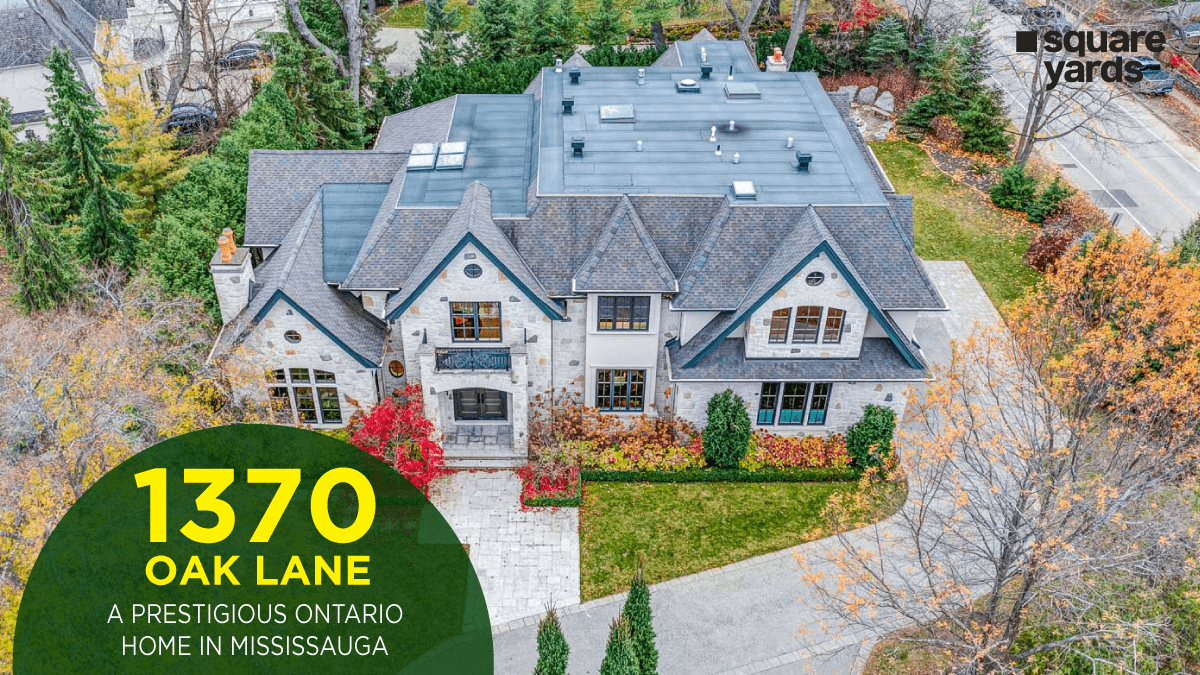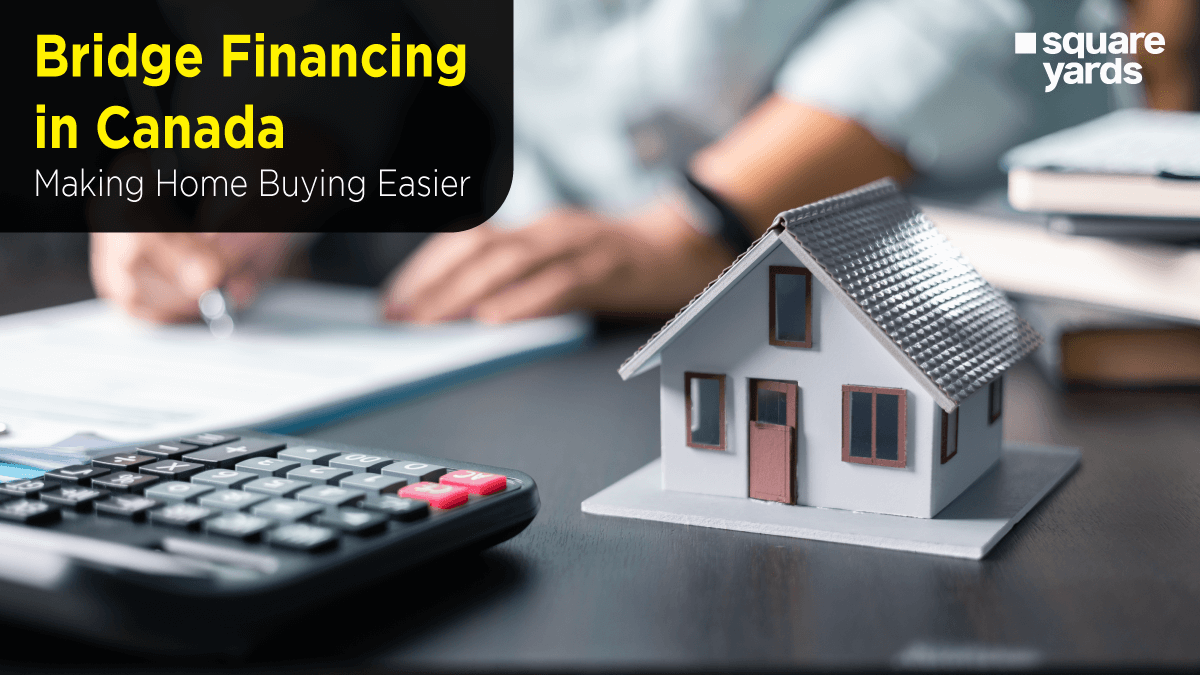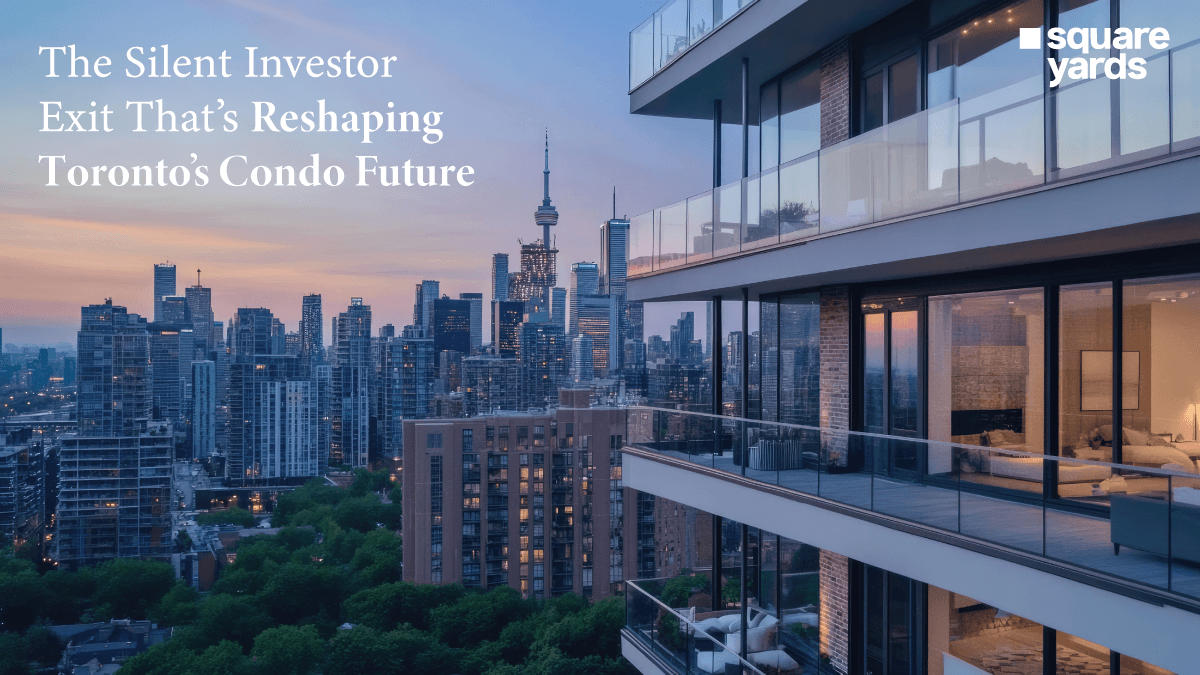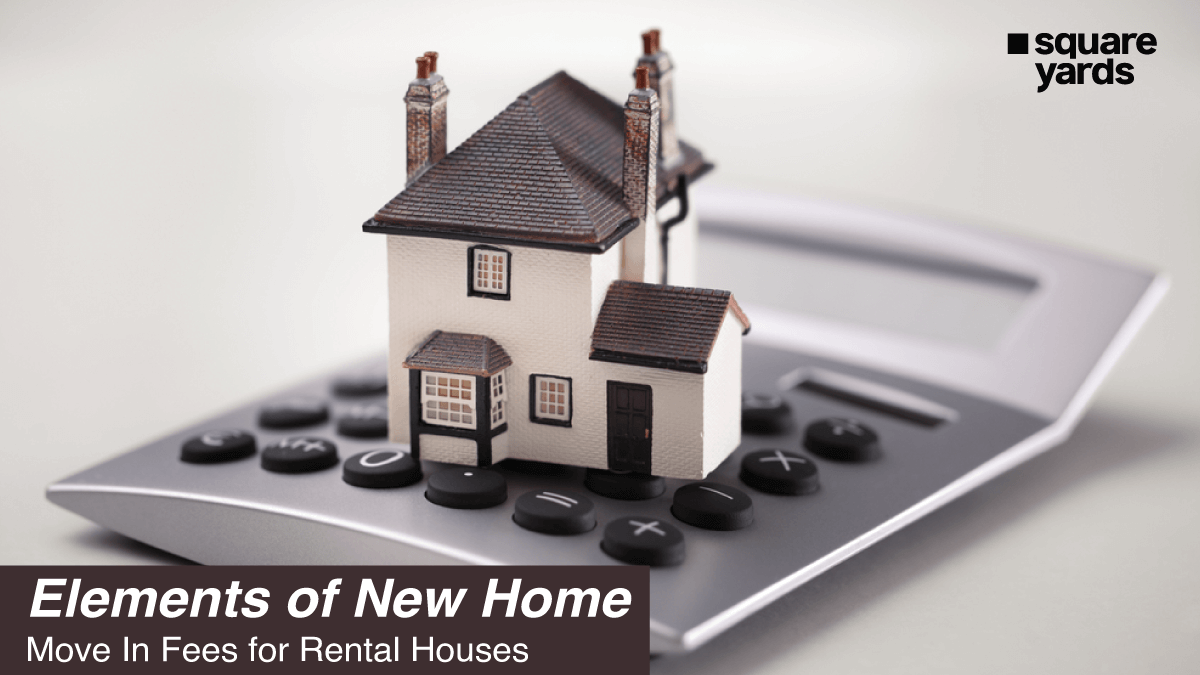How can homeowners in Pickering generate extra rental income? Additional Dwelling Unit (ADU) are the answer! By adding a separate living area to their property, they give homeowners the chance to increase their rental income. This additional income stream can help homeowners offset mortgage payments or other expenses, making homeownership more affordable. Did you know that ADUs can also increase the overall property value? In this guide, we go into the details of what is required of you to be eligible for AUD units!
How Do Additional Dwelling Units Work?
Additional Dwelling Units, or ADUs, are independent residential spaces inside primary residences or ancillary buildings that include their private restroom, kitchen, and sleeping quarters. An ADU often uses the main house's energy and water connections, but it can also be built as a stand-alone unit or linked to a house or garage. Other names for them include basement apartments, in-law suites, secondary suites, and in-house apartments. The Province of Ontario has modified the Planning Act to add more homes within existing neighbourhoods. Most residential properties can now accommodate up to two additional dwelling units (ADUs).
Additional dwelling units, second dwelling units, carriage houses, laneway suites, ancillary or basement apartments, secondary suites, and in-law flats are some of the terms used to characterise additional housing units inside a principal household. Even though a family member or other occasional user may occupy the separate living space (unit), it is still considered a separate dwelling unit for the building code and zoning. It must have all of the following components.
- Sleeping amenities, such as a space intended for use as a bedroom, living room with a bedroom, or sleeping area
- Hygienic amenities/restrooms
- Cooking appliances, such as an oven or stove
- Furthermore, the rooms above are intended for the sole use of the inhabitant and are not shared with the remainder of the house. Typically, this is indicated by:
- Partitions or doors dividing the suite from the rest of the house
- A distinct entrance to the suite from the outside
The self-contained unit could be found in the basement, on the first or second level, or in an ancillary structure like a garage.
How are the Additional Dwelling Units Different from a House?
A secondary home or apartment shared with a bigger principal home on the building lot is considered an additional dwelling unit (ADU) in legal and regulatory terms. Although the unit cannot be purchased or sold individually, it is sometimes used to lodge a family member or generate extra cash through rent.
New Regulations Are Made for Getting the Additional Dwelling Units?
The following are things that the city is allowed to regulate:-
- Maximum dimensions (square footage)
- Maximum altitude
- Minimum separation between boundaries of properties
- The total number of parking spaces that must be reserved (up to one)
Additionally, all ADUs must abide by the Ontario Building Code.
What Type of Property Qualifies for an Additional Dwelling Unit (ADU)?
The Planning Act was recently amended (by Bill 23), allowing up to two ADUs on the following properties:-
- Now, properties with a block townhouse, street townhouse, semi-detached home, or detached home qualify for an ADU.
What are the ADUs that are Permitted in Pickering?
Properties that meet the requirements may have either:-
- In the main house, one ADU.
- Two ADUs in the main house, which the OBC classifies as a small building.
- One ADU in a different structure in the side yard, backyard, or
- Two ADUs: one in the main house and one in a separate structure in the side yard or backyard.
For more information regarding the current zoning and construction permit requirements based on the property's location and the type of existing building, please contact the City Development Department.
What Kind of Regulations can be made by the City for ADUs?
The following are things that the city is allowed to regulate:-
- Maximum dimensions (square footage)
- Maximum altitude
- Minimum separation between boundaries of properties
- The total number of parking spaces that must be reserved (up to one)
Additionally, all ADUs must abide by the Ontario Building Code.
What is the Registration process for ADUs?
The city has the authority to control the following:-
- Maximum size in square footage
- Highest altitude
- Minimum distance between a property's boundaries
- The total number of reserved parking spaces (up to one)
All ADUs also have to follow the Ontario Building Code. One can also email binspections@pickering.ca or call 905.420.4631 with any queries about Building Services.
Why to Register for an ADU?
By-law 8040/23 of the city of Pickering requires registering additional dwelling units. By registering, a resident enables city employees to inspect and verify that the additional dwelling unit is secure for a tenant. The location of additional housing units will help the city provide community services and emergency response. Registration certifies the property as authorised for one or more additional dwelling units and issues a registration certificate to the property owner. Having the registration certificate in your possession could help you with insurance and future real estate deals.
Who Can Register for an ADU?
Depending on the neighbourhood in which they are located, applications for extra housing units might be made for various home types. Please contact city employees directly to find out if your home is eligible.
What is the Whole Process of ADU Registration?
These days, the entire application procedure is done online. Once you're certain you can register your property, complete the registration form, which will be sent automatically to our Building Services Department for approval. The application form could also be sent to the Fire Services Department based on the additional dwelling unit's age and/or circumstances. Final construction must be finished and examined by Pickering Fire and Building Services Inspectors, and any unpaid costs must be paid in full before registration can be finalised. Once registered, the property will be formally recognised as having been approved for a lawful additional dwelling unit, and the city will send the property owner a registration certificate via email.
How to Register an ADU?
By-law 8040/23 of the City of Pickering requires registering additional dwelling units. Take a look at the registration form. By registering, a renter enables city employees to inspect and verify that the second dwelling unit is secure for habitation. The location of additional dwelling units will help the city provide community services and emergency response. Registration certifies the property as authorised for a lawful additional dwelling unit and issues a registration certificate to the property owner. Having the registration certificate in your possession could help you with insurance and future real estate deals.
What is the Registration Fee for ADU?
When an application is received, you will get payment instructions from a Building Services Clerk. According to our Schedule of Applicable Fees, a $500 one-time registration fee is needed at the time of application. Online or in-person payment methods are available. Kindly save the email confirmation as evidence of your payment.
You May Also Read:

